What is Rocktape? Find out everything you need to know
If you’ve had treatment from one of our physiotherapists, chances are you’ve probably had strapping tape used on you at some point. There are three main types of strapping tape: rigid, kinesiology and dynamic. Today we will discuss Rocktape, Australia’s leading brand of kinesiology tape.
What Is Rocktape and How Does it Work?
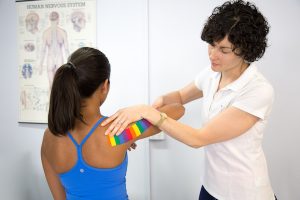 Kinesiology tape was originally developed by Dr Kenzo Kase in the 1970s. It is an elastic strapping tape that has the ability to stretch longitudinally (lengthways) but not transversely (horizontally). Rocktape was later developed in the USA by chiropractor Greg van den Dries, who wanted a stickier and stretchier product.
Kinesiology tape was originally developed by Dr Kenzo Kase in the 1970s. It is an elastic strapping tape that has the ability to stretch longitudinally (lengthways) but not transversely (horizontally). Rocktape was later developed in the USA by chiropractor Greg van den Dries, who wanted a stickier and stretchier product.
Applying an elastic tape on the skin creates a lifting effect, decompressing the subcutaneous layers beneath the tape. There are three proposed mechanisms by which Rocktape can influence the body:
Fluid effect – improved fluid flow by reducing compression of vascular (e.g. veins) and lymphatic vessels
Mechanical effect – decompression of soft tissue layers to allows better glide between tissue layers (e.g. muscle and fascia)
Neurological effect – decreased pain and improved body awareness.
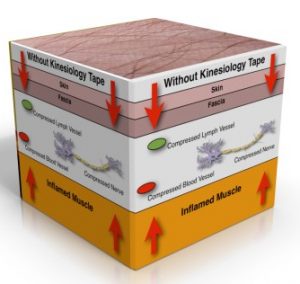
Figure 1: Compressive forces on fascia, neurovascular bundle and muscle.
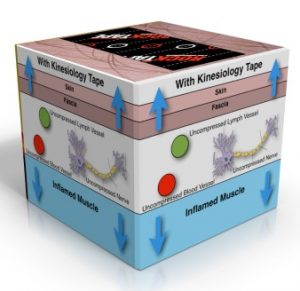
Figure 2: Rocktape applied to reduce compression on fascia, lymphatic vessels and neurovascular bundle and muscle.
The Advantages of Rocktape
Some of the reasons we use Rocktape over other types of tape include:
- The elasticity in the tape allows for a full range of motion, so it is very comfortable and doesn’t limit your movement.
- The tape can be worn for up to 5 days.
- Loss of muscle strength is limited by allowing and encouraging pain-free movement to occur.
- The tape encourages normal movement and therefore decreasing compensatory reactions.
- It provides a sensory sensation to the skin to help improve body awareness
How Do You Apply Rocktape?
Rocktape is made of 91% cotton, 3% nylon and an acrylic adhesive similar to a BandAid. It is 100% latex free. We encourage you to check with your physiotherapist on whether Rocktape may be able to help you. We can identify the best Rocktape application for you and show you how to apply it yourself in future.
General Rules of Application:
- Ensure skin is clean, dry and free of oils/moisturiser
- Clip Very hairy areas
- Round the edges of the tape
- Don’t apply tension to the first or last 2.5 – 5 cm of tape
- Don’t use much stretch in the tape- “less is more”
- This tape sticks better to skin than to itself
- Can cut tape into fans, X, Y or V shapes
- Glue is heat activated so give it a good rub to make it stick
- Apply at least one hour before activity, two hours before swimming
When applying Rocktape, precaution should be taken if you:
- Are elderly with thin skin
- Are a diabetic
- Have any history of tape allergies
Rocktape should be not used if you have:
- Open wounds or broken skin
- Active infection
- Cellulitis
- Adhesive allergies
Click here to view a video showing these principles.
When removing Rocktape, it is important to remove the tape slowly and in the direction of the hair. Rocktape comes off easily when wet and you can also use oil to help break down the adhesive.
Examples of Rocktape Applications
Below are some examples of Rocktape applications.
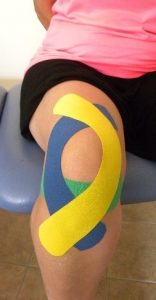
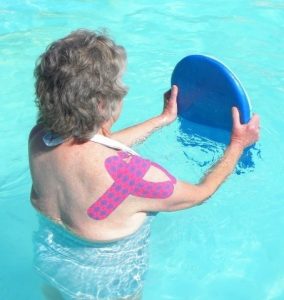
Regional applications (on joints and muscles) of Rocktape can help to improve range of motion, decrease pain and improve muscle activity.
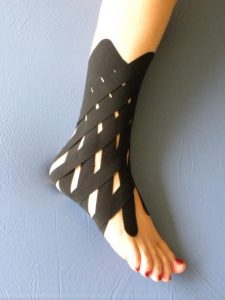 Inflammation and oedema applications can improve fluid flow, reduce pain and improve range of motion.
Inflammation and oedema applications can improve fluid flow, reduce pain and improve range of motion.
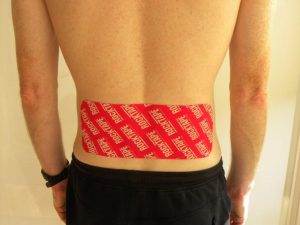
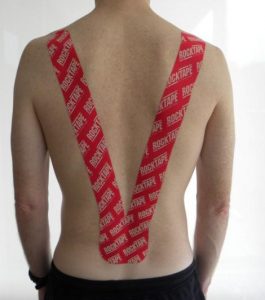 Postural taping applications can reduce pain, influence muscle activity and cue body position.
Postural taping applications can reduce pain, influence muscle activity and cue body position.
Find out More
You can find more information on Rocktape at www.rocktape.com.au. If you have any questions about the content in this post, don’t hesitate to contact us.
Book a Physiotherapy Appointment
This post was written by Lucy Beumer. Lucy is a sports physiotherapist and clinical Pilates instructor at Stafford Physiotherapy Centre. She is also a presenter for Rocktape Australia and has presented courses in Queensland and Darwin for the last 4 and a half years. She was not paid for this blog post.

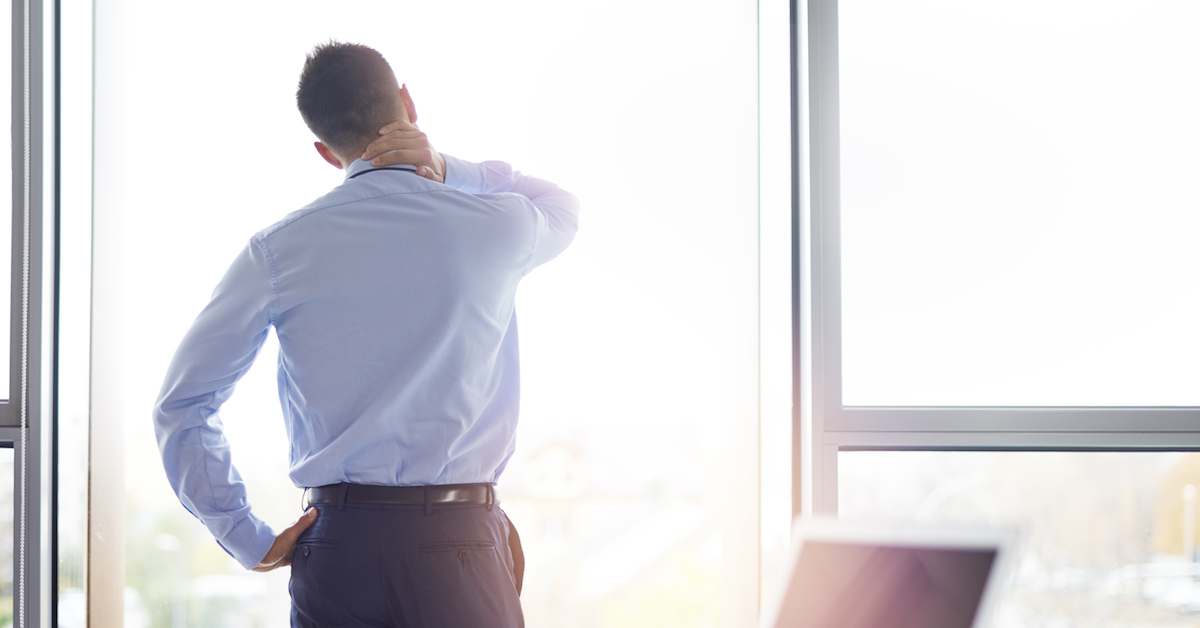
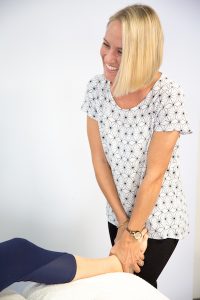 What happens when I visit my physiotherapist?
What happens when I visit my physiotherapist?
 What do you enjoy most about your job? I love being able to assist people to move better and without pain, providing them with the knowledge and tools to keep injury free, and seeing patients find/rediscover a love for exercise, no matter what sort!
What do you enjoy most about your job? I love being able to assist people to move better and without pain, providing them with the knowledge and tools to keep injury free, and seeing patients find/rediscover a love for exercise, no matter what sort!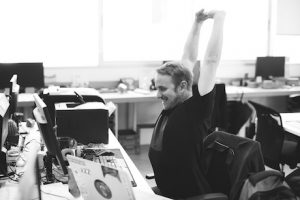
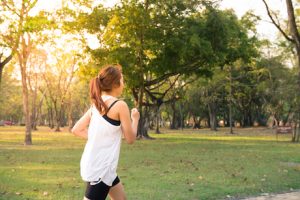
 running a marathon. Find what you enjoy doing – boxing, bushwalking, swimming, Pilates, yoga, running, weights, crossfit. There are so many options out there!
running a marathon. Find what you enjoy doing – boxing, bushwalking, swimming, Pilates, yoga, running, weights, crossfit. There are so many options out there! Sandra established
Sandra established 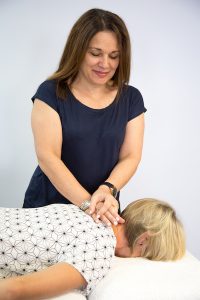 If you weren’t a physio what would you be? Another caring health professional role – maybe speech pathologist or music therapist
If you weren’t a physio what would you be? Another caring health professional role – maybe speech pathologist or music therapist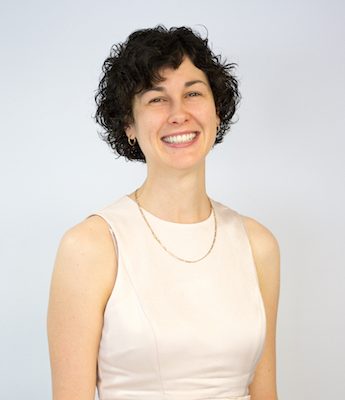
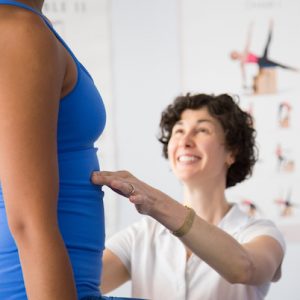 What do you enjoy most about your job? Apart from helping people, I love that every day is different and I’m not stuck behind a desk. I get to meet numerous people and treat a wide variety of injuries as well as teach clinical pilates.
What do you enjoy most about your job? Apart from helping people, I love that every day is different and I’m not stuck behind a desk. I get to meet numerous people and treat a wide variety of injuries as well as teach clinical pilates. New year’s resolutions… We’ve all been there and done that!
New year’s resolutions… We’ve all been there and done that!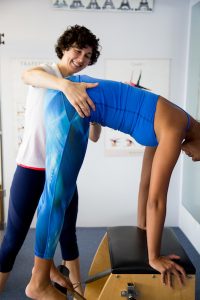 S = Specific
S = Specific Ally is a physiotherapist and clinical Pilates instructor at
Ally is a physiotherapist and clinical Pilates instructor at 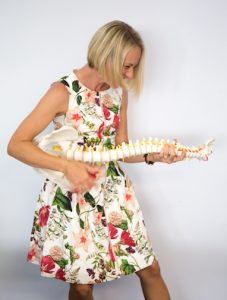 What motivates you? My kids, my impatience and the satisfaction of doing something myself.
What motivates you? My kids, my impatience and the satisfaction of doing something myself.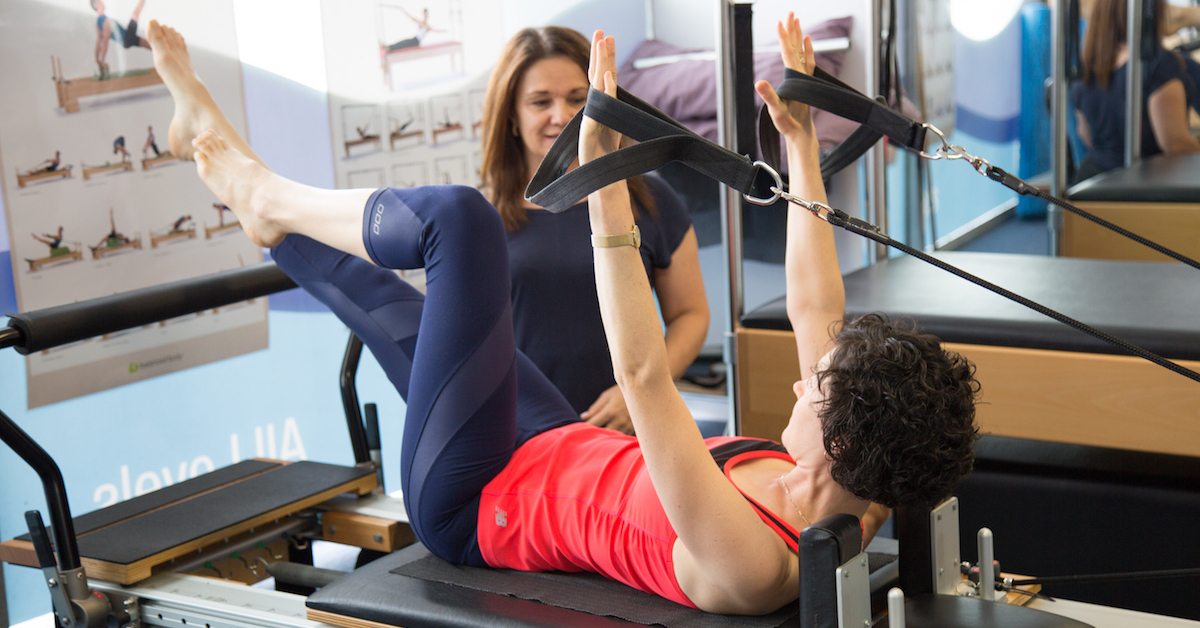
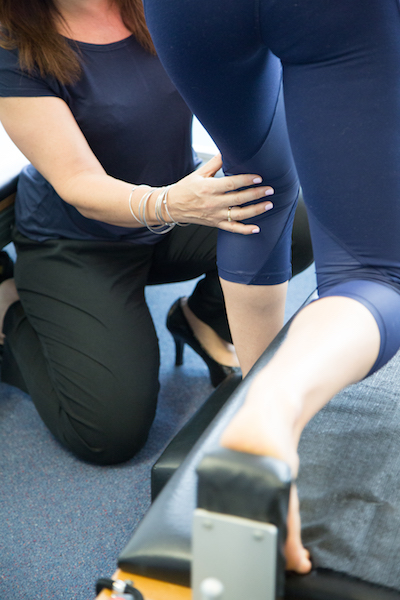
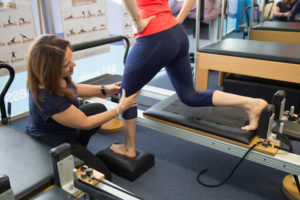 Toned muscles and increased bone density
Toned muscles and increased bone density